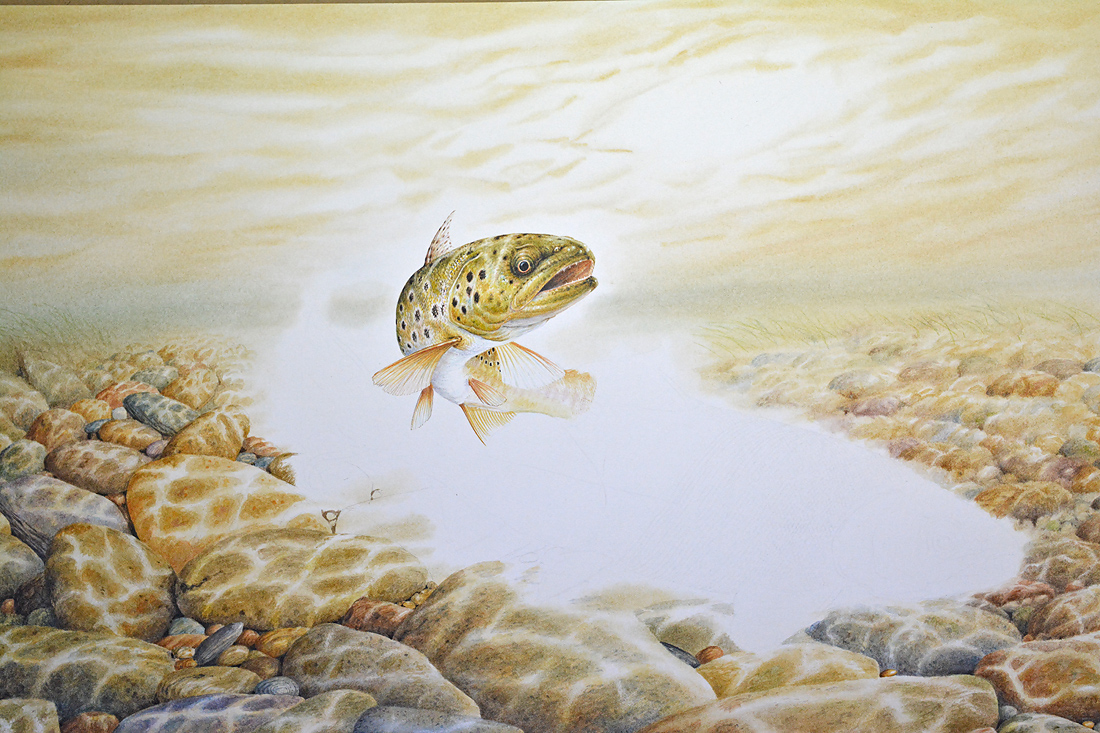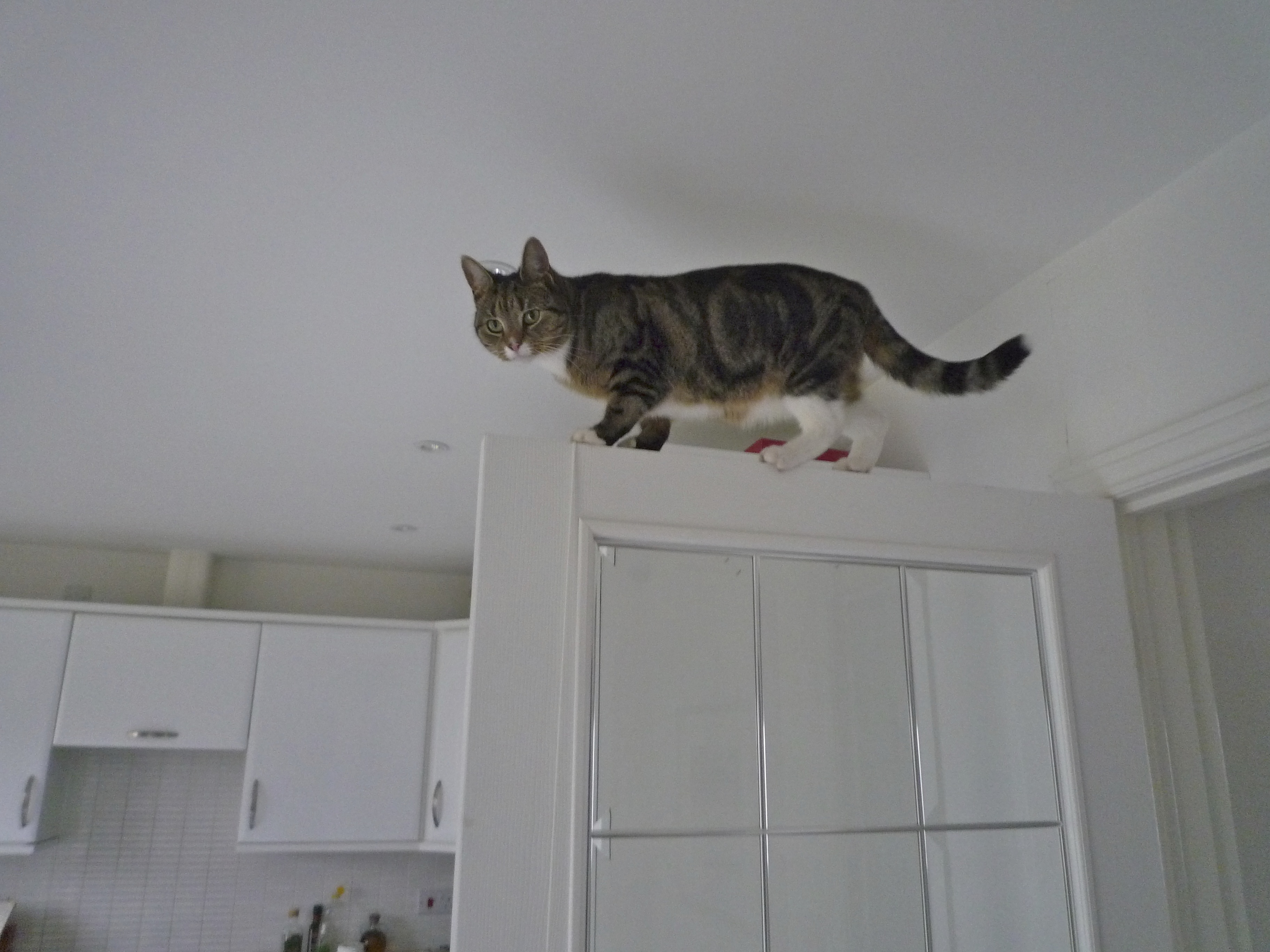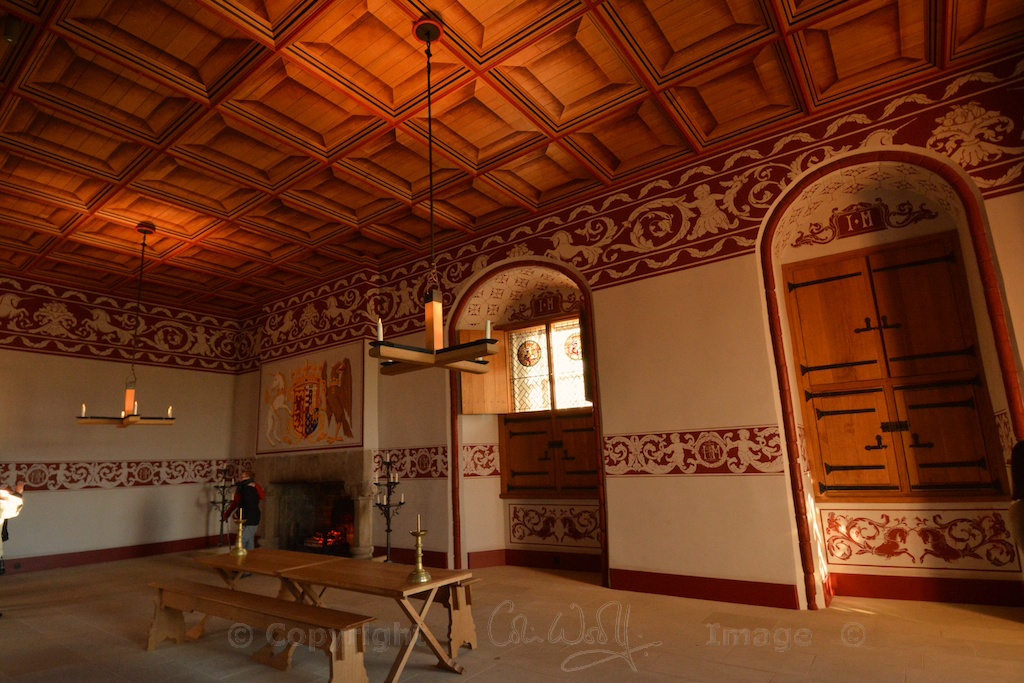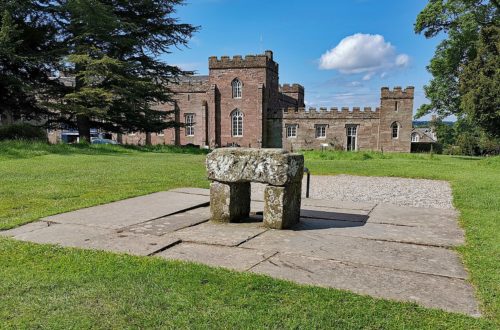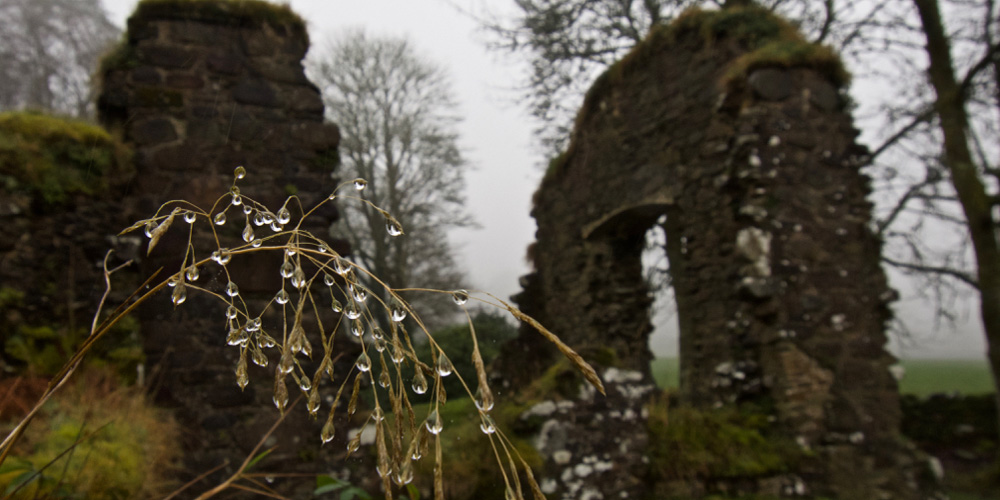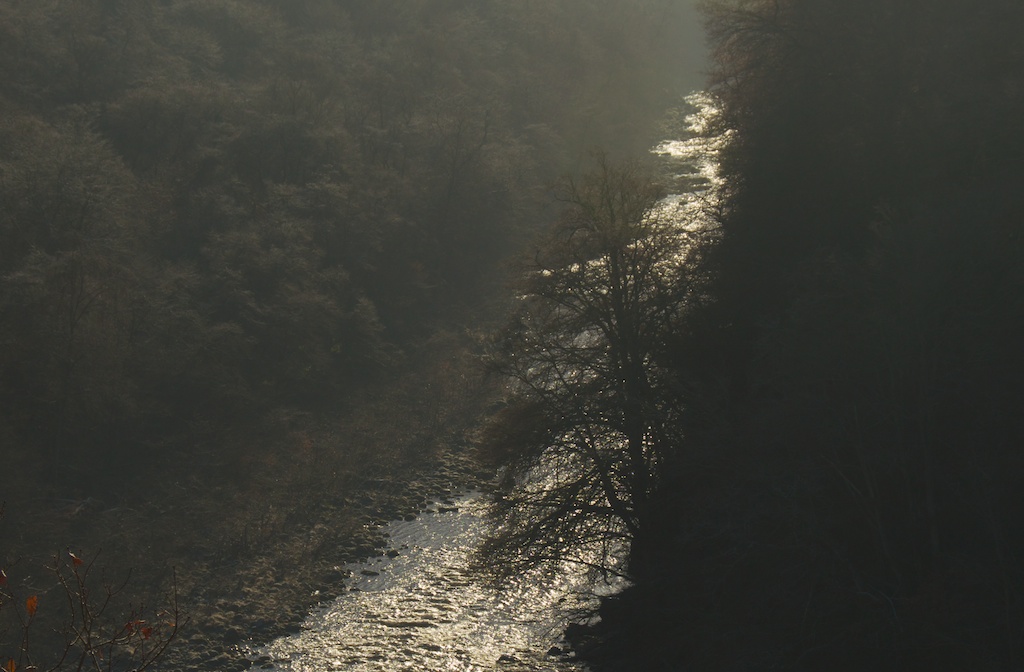
Killiecrankie: haunted by memories
 A few miles to the north-west of Pitlochry is a beautiful glen known as the Pass of Killiecrankie. Here, the River Garry flows through a steep-sided gorge, foaming and roaring between narrow straits and then broadening into a dark green ribbon fringed with woods of beech, birch, oak and hazel.
A few miles to the north-west of Pitlochry is a beautiful glen known as the Pass of Killiecrankie. Here, the River Garry flows through a steep-sided gorge, foaming and roaring between narrow straits and then broadening into a dark green ribbon fringed with woods of beech, birch, oak and hazel.
In spring, the forest floor is studded with wood anemones and primroses, and warblers pour out their songs overhead. On clear autumn days, wisps of freezing mist rise from the treetops, and the last remaining leaves tumble out of a blue sky.
Hard though it is to imagine, this idyllic spot was once the scene of a dreadful battle where at least two thousand men lost their lives.
 In 1688, James II of England (and VII of Scotland) had been replaced by William of Orange. The staunchly Catholic James had made himself so unpopular that Parliament officially invited William to invade – a daring proposition by any standards – and he set sail from Holland with his army, landing in Brixham and meeting very little resistance. James fled to the Continent, leaving his throne still warm for the new Protestant king.
In 1688, James II of England (and VII of Scotland) had been replaced by William of Orange. The staunchly Catholic James had made himself so unpopular that Parliament officially invited William to invade – a daring proposition by any standards – and he set sail from Holland with his army, landing in Brixham and meeting very little resistance. James fled to the Continent, leaving his throne still warm for the new Protestant king.
In Scotland, loyalties were bitterly divided between William and James. The Stewart dynasty, represented by James, was not going down without a fight. Sometimes, it was not just clans but families that were torn apart as fathers and sons took up arms and prepared to do battle against each other.

HUGH MACKAY OF SCOURIE
The Commander-in-Chief of William’s forces in Scotland was Hugh Mackay of Scourie. Mackay was, in fact, a Highlander, and many Highlanders had thrown themselves behind the Jacobite cause; but Mackay had served as General of the Scots Brigade in Holland. He was a Calvinist, and he had a Dutch wife. His decision cannot have been an easy one.
Mackay greatly admired the courage of the Highlanders, describing them as ‘absolutely the best untrained troops in Scotland’; he tried hard to recruit them to William’s side, but very few allowed themselves to be persuaded.
JOHN GRAHAM OF CLAVERHOUSE

At the head of the Jacobite rebels was John Graham of Claverhouse, 1st Viscount Dundee, who was known to his men simply as ‘Bonnie Dundee’.
Ironically, Dundee was a Lowlander, and the men under his command were largely Highlanders. At least 240 of them belonged to clan Cameron, having rallied around their Chief, Ewen Cameron of Lochiel.
A terrifying premonition
The night before the battle, Dundee was woken by a loud clap of thunder. He sat up in his tent, and saw a spectre with a gruesome wound in his head. The ghost raised a pointing hand and advised him to “Remember Brown of Priesthill.” Dundee knew who Brown of Priesthill was: a Covenanter, stubborn but courageous, whose execution Dundee had ordered a few years before.
Dundee was shaken, and questioned his guards to see if they had noticed an intruder, but no explanation was forthcoming. However, it was indeed a premonition of doom, as Dundee would die the next day at Killiecrankie.
SIMMERING TENSION

The spark came in July 1689 when Blair Castle in Perthshire was seized for the Jacobites by the Duke of Atholl’s own factor. Hugh Mackay knew he must re-capture the castle at all costs, but an ever-growing contingent of Highlanders was moving down from the hills to block his path.
Mackay hurried north, taking with him about 3,500 foot soldiers and two troops of cavalry. Dundee had amassed 1,800 men, but many clansmen had not yet arrived, and Ewen Cameron sent his eldest son to muster more support in the western regions of Morvern, Sunart and Ardnamurchan.
A FEROCIOUS BATTLE
 Despite being seriously outnumbered, the Highlanders had two great advantages: they knew the geography of the landscape, and they were hardened to the steep and rocky terrain. Most, in fact, would be fighting barefoot.
Despite being seriously outnumbered, the Highlanders had two great advantages: they knew the geography of the landscape, and they were hardened to the steep and rocky terrain. Most, in fact, would be fighting barefoot.
The opposing armies closed together on 27th July at the Pass of Killiecrankie. The Jacobites were occupying a hilltop vantage point, looking down at the Government troops in the valley below; but the sun was shining in their faces, and despite the men’s impatience they waited until seven o’clock in the evening before making a move.
When Dundee gave the signal to advance, two thousand ‘wild Highlanders’ poured down the hillside in a terrifying and deafening onslaught. Mackay’s troops put up a brief resistance before they turned and fled. That should have been the end of it, but their path of retreat was cut off by the steep-sided gorge, and the battle soon turned into a massacre.
Two thousand Government soldiers were either killed or captured, but a third of the Jacobite men were also killed, including Bonnie Dundee himself. Ewen Cameron of Lochiel survived the action, and he lived to the ripe old age of 89.
SOLDIER’S LEAP
Knowing that the day was lost, a Government soldier by the name of Donald McBane took his life in his hands and leapt 18 feet across the river in his bid to get away. The point at which he chose to leap is still marked and remembered; it was an incredible feat, especially as the rocks would be damp and slippery with moss. Here is an extract from McBane’s autobiography, which was published in 1728:
“At last they cast away their musquets, drew their broadswords, and advanced furiously upon us, and were in the middle of us before we could fire three shots a-piece; broke us, and obliged us to retreat. Some fled to the water, and some other way; (we were for most part new men.) I fled to the baggage, and took a horse, in order to ride the water – there follows me a Highlandman with sword and targe [shield], in order to take the horse, and kill myself. You’d laugh to see how he and I scampered about. I kept always the horse between him and me; at length he drew his pistol, and I fled; he fired after me. I went above the pass, where I met with another water, very deep. It was 18 foot over, betwixt two rocks. I resolved to jump it; so I laid down my gun and hat and jumped, and lost one of my shoes in the jump. Many of our men were lost in that water, and at the pass. The enemy pursuing hard, I made the best of my way to Dunkel [Dunkeld] where I stayed until what of our men was left came up; then every one went to his respective regiment.”
THE HOPE AND THE HEARTBREAK
After the battle, the Jacobite forces found themselves much depleted and bereft of their leader; but they swept south to Dunkeld, confident of another victory. Here, however, they met their match at the hands of the Government forces, and on 21st August the Jacobite armies were scattered and defeated.
In terms of the first Jacobite uprising, the Battle of Killiecrankie was a victory that would inspire poets for centuries to come; but the cause was still lost, and it would be another 25 years before the next generation of eager young men gathered under the banner of James Francis Edward Stuart, the son of James II.
Haunting memories…
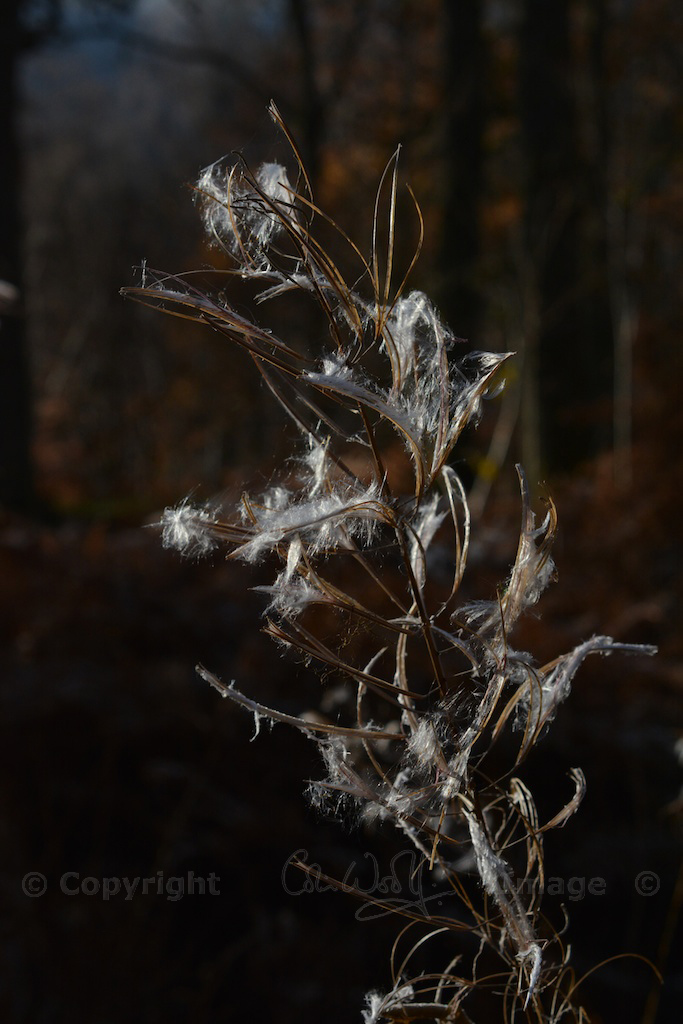 “It is said that once a location has witnessed so much death it never forgets…” (Cavan Scott, Countryfile)
“It is said that once a location has witnessed so much death it never forgets…” (Cavan Scott, Countryfile)
It would seem that, at least for some visitors, the brutal conflict that took place at Killiecrankie can still be experienced at first hand.
Some people have reported seeing soldiers marching as if to battle, while others have witnessed an eerie red glow. One woman claims to have seen a replay of the action, and another believed she was seeing the bodies of dead English officers around her feet, as she was picnicking in the gorge.
Interestingly, most of the experiences have occurred on or around 27th July, the anniversary of the battle.
The most blood-curdling story comes from the BBC’s Countryfile website. An alarming apparition of a young woman wanders around the bodies, robbing them of valuables. But beware – she will give chase if she catches sight of you, and if she lays a finger on you, you’ll be dead within a year!
Visiting Killiecrankie
Killiecrankie is managed by the National Trust for Scotland. The woodland walks are open daily, all year round, and there is no admission fee. It’s particularly beautiful in autumn, when the woodlands that flank the gorge turn vibrant shades of gold, bronze and crimson. Take a look at this post on The Hazel Tree to find out more!
The Visitor Centre has a bookshop and café (seasonal opening – check the NTS website for full details).
Sources:
- BBC – Scotland’s History
- National Trust for Scotland
- Education Scotland
- The Battlefields Trust
- Clan Cameron
- Electric Scotland
- Jacobites.org.uk
- BBC Countryfile magazine
- Mysterious Britain
- Blackwood’s Edinburgh Magazine, Vol XII, December 1822 ‘An Account of the Life of Donald McBane, and his Transactions during the Wars with France’, extracted from his autobiography
Photos copyright © Colin & Jo Woolf
You might also like to read about Dunkeld Cathedral, bravely defended by government forces as the whole town went up in flames…
